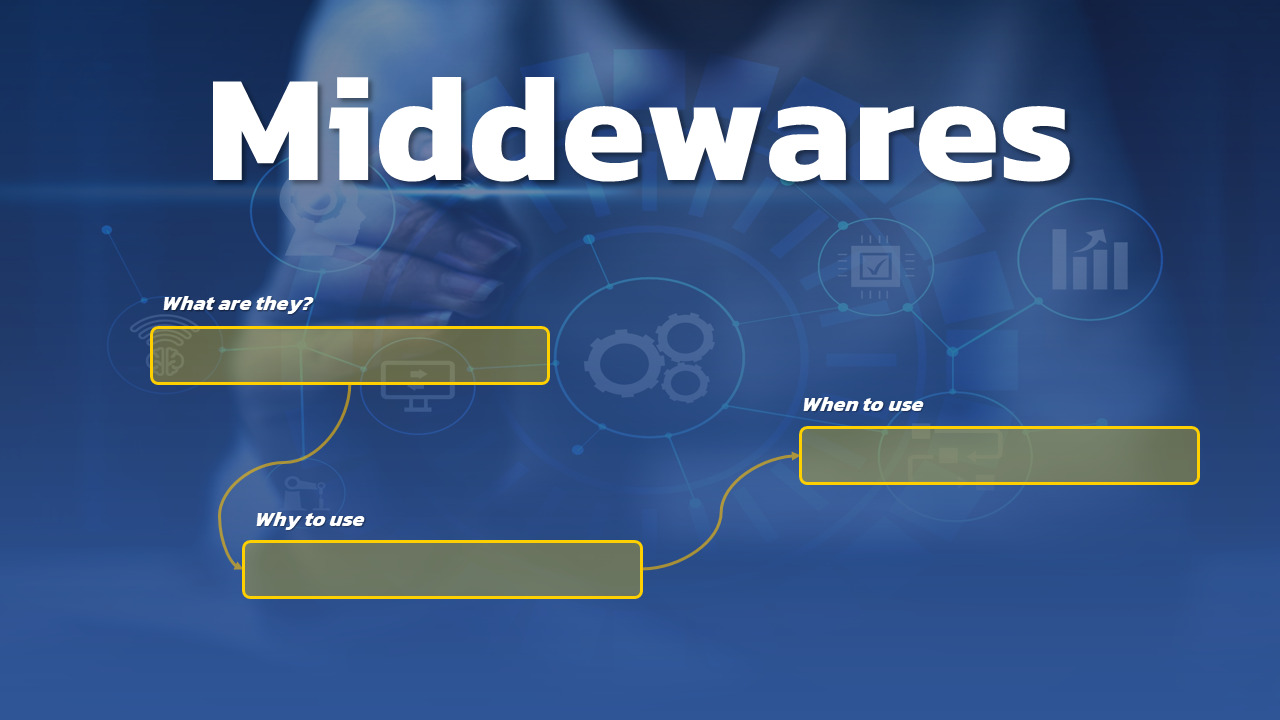Understanding Spagic Installation Challenges Installing Spagic, an open-source middleware solution, is an important step in streamlining enterprise integration and process automation. However, like any complex software, Spagic installation may present challenges ranging from compatibility issues to configuration errors. Troubleshooting these problems efficiently ensures a stable and optimized setup, allowing businesses to take full advantage of […]
Continue ReadingIntegrating Spagic with Enterprise Systems
The Role of Spagic in Modern Enterprises Organizations rely on multiple software solutions to manage daily operations, ranging from customer relationship management (CRM) platforms to enterprise resource planning (ERP) systems. These tools often operate independently, creating data silos that hinder efficiency and collaboration. Integrating various applications into a unified ecosystem is a critical challenge for […]
Continue ReadingUnderstanding Middleware with Spagic
Why Middleware Matters in Modern Systems In a world where businesses rely on multiple applications and software tools, ensuring smooth communication between them is a priority. Middleware plays a key role in connecting different systems, applications, and services, allowing them to work together seamlessly. It acts as a bridge, ensuring that data flows efficiently while […]
Continue ReadingImplementing Unicode Symbols in Spagic for Global Data
The Importance of Unicode in Global Data Handling The digital world is more interconnected than ever, with businesses and organizations handling multilingual data across various applications. As companies expand their reach globally, they must process data in multiple languages, including special characters and symbols unique to specific writing systems. Unicode provides a standardized way to […]
Continue ReadingSpagic Architecture and Core Components
The Foundation of Spagic Architecture In today’s complex digital landscape, businesses need middleware solutions that efficiently connect applications, services, and data sources. Spagic meets this need with a modular architecture that promotes scalability, flexibility, and interoperability. Moreover, it serves as an integration framework that streamlines workflows, automates processes, and improves overall system efficiency. Developers, IT […]
Continue ReadingOptimizing Spagic Performance: Advanced Configuration
Maximizing Spagic Efficiency in High-Demand Environments As organizations increasingly rely on middleware solutions for seamless system integration, optimizing Spagic for high performance becomes essential. A well-configured Spagic environment ensures efficient resource utilization, reduces workflow execution time, and prevents system bottlenecks that can degrade performance in high-traffic deployments. Whether Spagic is being used for enterprise integrations, […]
Continue ReadingBuilding Your First Spagic Integration Workflow
Unlocking Seamless Integration with Spagic In today’s interconnected digital landscape, businesses and enterprises rely on seamless system integration to manage data, automate workflows, and enhance productivity. Middleware solutions like Spagic provide a flexible and efficient way to integrate different applications, data sources, and services into a unified system. An integration workflow is the backbone of […]
Continue ReadingSpagic Installation Guide
Understanding Spagic and the Importance of Proper Installation Middleware plays a crucial role in modern enterprise IT infrastructure, enabling seamless communication between applications, services, and databases. One of the most versatile open-source middleware platforms available today is Spagic, designed to simplify enterprise application integration, workflow automation, and service orchestration. For businesses and developers, setting up […]
Continue Reading






